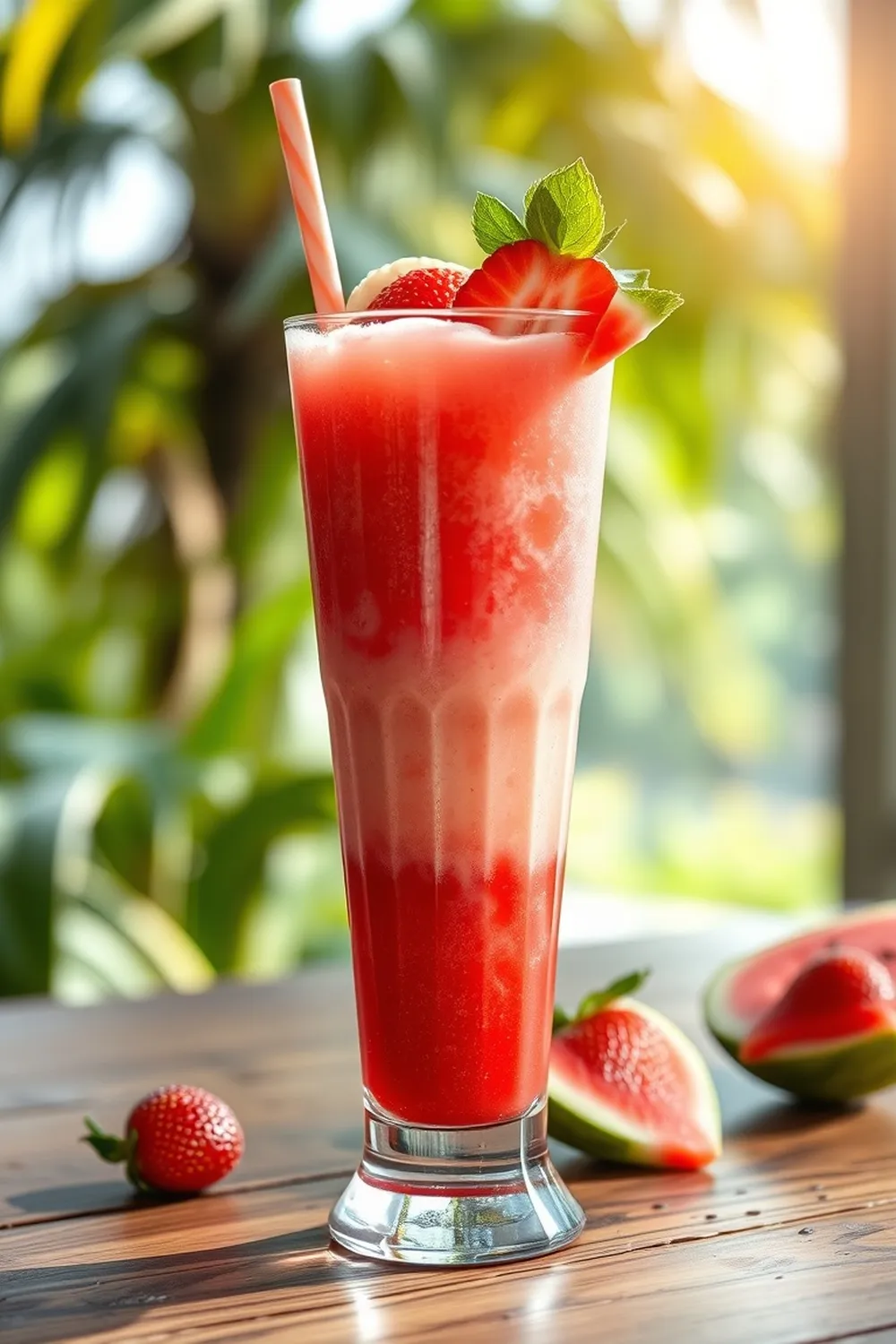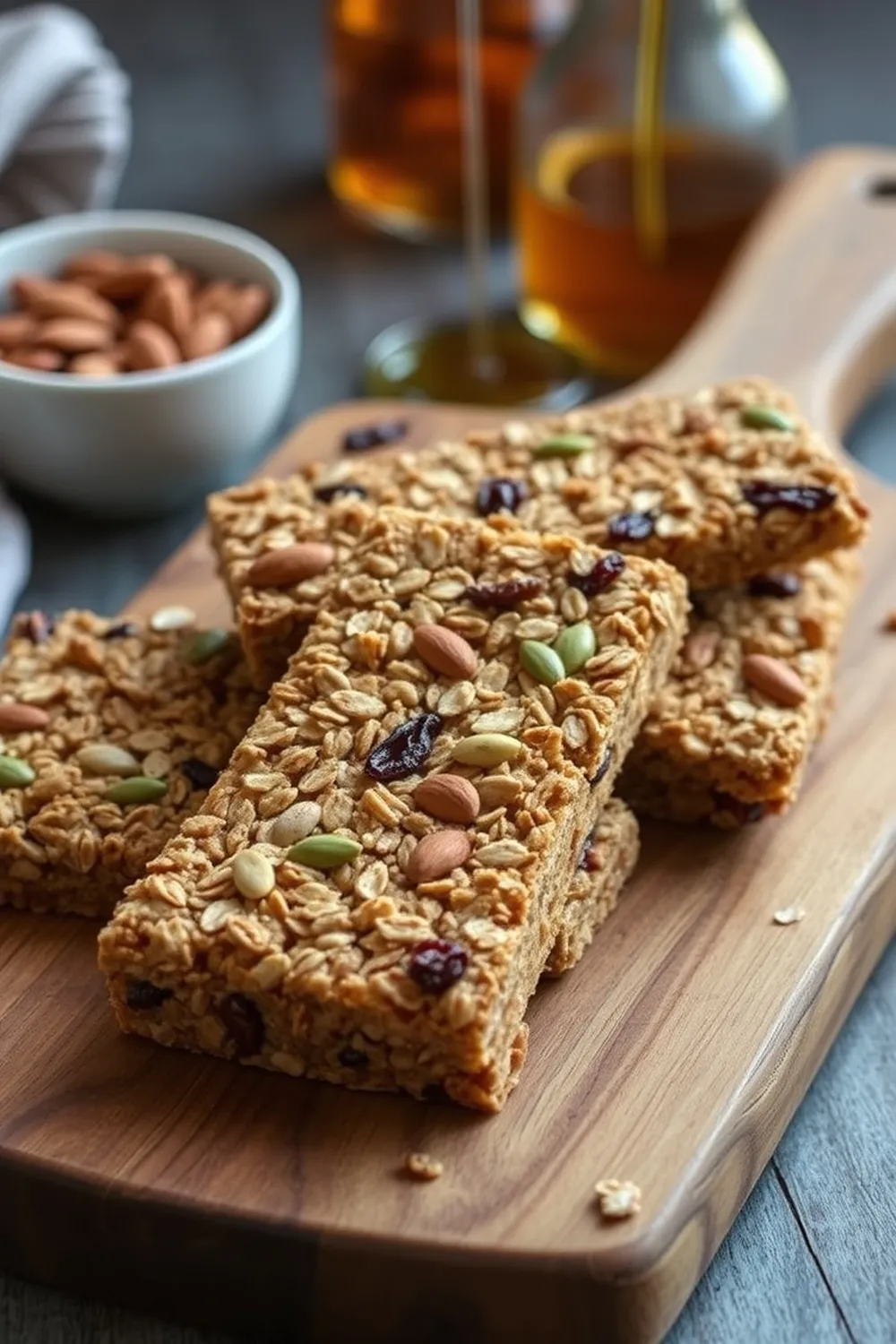- Soak fresh green chickpeas and mung dal (or urad dal) separately in water for 4-6 hours. Drain well.
- Grind soaked chickpeas into a thick, smooth paste *with a little water if needed*. Repeat with soaked dal.
- In a large bowl, combine chickpea and dal pastes. Add cumin seeds, asafoetida, cloves (or clove powder), black peppercorns, and salt. Mix thoroughly.
- Line a tray with parchment paper. Drop spoonfuls of the mixture onto the tray, shaping into small circles with the back of a spoon.
- Sun-dry vadis for 2-3 days, turning occasionally to ensure even drying. Alternatively, oven-dry at 50-60°C for 6-8 hours until hardened.
- Store completely dried vadis in an airtight container. To use, rinse and add to curries or rice dishes, cooking for 10-15 minutes until softened.
- Calories:250 kcal25%
- Energy:1046 kJ22%
- Protein:15 g28%
- Carbohydrates:40 mg40%
- Sugar:2 mg8%
- Salt:300 g25%
- Fat:5 g20%
Last Updated on 4 months by Neha Deshmukh
Green Chickpea & Dal Vadi Recipe – Traditional Indian Sun-Dried Lentil Dumplings
Hey everyone! Today, I’m sharing a recipe that’s been passed down in my family for generations – Green Chickpea & Dal Vadi. These little lentil dumplings are a labor of love, but so worth it. They add a wonderful texture and flavour to dals and curries, and honestly, there’s something incredibly satisfying about making them from scratch. I first made these with my grandmother, and the smell still takes me right back to her kitchen!
Why You’ll Love This Recipe
These vadis aren’t just delicious; they’re a taste of tradition. They’re a fantastic way to use fresh, seasonal chickpeas and are a brilliant pantry staple once dried. Plus, making them is a fun, grounding process – a little bit of kitchen therapy, if you will! You’ll love adding these to your favourite Indian dishes for a unique and comforting touch.
Ingredients
Here’s what you’ll need to make a medium-sized jar of these delightful vadis:
- 1 cup fresh green chickpeas (approx. 160g)
- 1 cup mung dal or urad dal (approx. 175g)
- 3-4 teaspoons cumin seeds (approx. 6-8g)
- ½ teaspoon asafoetida (hing) (approx. 1g)
- 2 teaspoons cloves or ½ teaspoon clove powder (approx. 2-3g)
- 2 teaspoons black peppercorns or crushed black pepper (approx. 4-5g)
- Salt as required (approx. 1-2 tsp, adjust to taste)
Ingredient Notes
Let’s talk ingredients! Using fresh green chickpeas is key for that authentic flavour and texture. They’re usually available during the winter and spring months.
Now, about the dal – you can choose between mung dal (split yellow lentils) and urad dal (black lentils). I personally prefer urad dal for a slightly richer flavour, but mung dal works beautifully too.
And don’t skip the asafoetida, or hing! It might smell a little funky on its own, but it adds a wonderful savoury depth to the vadis – it’s a cornerstone of Indian cooking, especially for digestive health. A little goes a long way, though!
Step-By-Step Instructions
Alright, let’s get cooking!
- First, soak the green chickpeas and the dal separately in plenty of water for 2-3 hours. This softens them up for grinding.
- Drain the soaked chickpeas really well. Then, grind them into a thick, smooth paste without adding any water. It takes a bit of patience, but trust me, it’s worth it! Repeat this process with the soaked dal.
- In a large bowl, combine the chickpea and dal pastes. Now, add the cumin seeds, asafoetida, cloves (or clove powder), black peppercorns, and salt. Get your hands in there and mix everything thoroughly – really work it to combine all those flavours.
- Line a tray with parchment paper. This prevents sticking! Now, take spoonfuls of the mixture and drop them onto the tray, shaping them into small, round circles with the back of a spoon. Don’t worry about making them perfect – rustic is charming!
- Now comes the patience part. Traditionally, these are sun-dried! Place the tray in direct sunlight for 2-3 days, turning the vadis occasionally to ensure they dry evenly. If you don’t have consistent sunshine, you can oven-dry them at a very low temperature (50-80°C / 122-176°F) for 6-7 hours, until they’re hardened.
- Once completely dried, store the vadis in an airtight container. They should be hard and brittle. To use, simply rinse them and add them to your favourite curries or rice dishes, cooking for 4-5 minutes until they’re softened.
Expert Tips
- Grinding is key: The smoother the paste, the better the vadis will hold their shape.
- Don’t overcrowd the tray: Give the vadis space to dry properly.
- Check for dryness: They should be completely hard and brittle before storing. Any moisture will lead to spoilage.
Variations
- Vegan Adaptation: This recipe is naturally vegan!
- Regional Variations: Spice blends can vary. Some families add a pinch of turmeric or red chilli powder for a little extra colour and heat. My aunt always adds a tiny bit of ginger paste!
- Drying Methods: Sun-drying gives the most authentic flavour, but oven-drying is a great alternative, especially if you live in a humid climate.
Serving Suggestions
These vadis are incredibly versatile!
- Add them to your favourite dal (lentil soup) for a lovely textural contrast.
- Toss them into vegetable curries for a protein boost.
- They’re delicious in a simple tomato-based gravy.
- My family loves adding them to a fragrant rice dish like Jeera Rice.
Storage Instructions
Store completely dried vadis in an airtight container in a cool, dry place. They should last for several months. Properly dried vadis are your friend – a little bit of effort now means a flavourful addition to meals for weeks to come!
FAQs
Q: What is the best way to sun-dry vadis in humid climates?
A: Humid climates can be tricky! Choose the sunniest days possible, and consider using a fan to circulate air around the tray. Oven-drying is a more reliable option in humid weather.
Q: Can I use dried chickpeas and dal if fresh ones aren’t available?
A: While fresh is best, you can use dried chickpeas and dal. Soak them overnight (at least 8 hours) before grinding. The flavour won’t be quite the same, but it’s a good substitute.
Q: What are some traditional curries that pair well with vadis?
A: They go beautifully with Kadhi (yogurt-based curry), Aloo ki Sabzi (potato curry), or any simple vegetable curry.
Q: How do I know if the vadis are completely dried and will store well?
A: They should be hard and brittle, with no soft spots. If they’re still slightly pliable, they need more drying time.
Q: Can I freeze the vadis instead of drying them?
A: Freezing isn’t ideal, as it can affect the texture. Drying is the traditional and best method for preserving them.
Enjoy making these little gems! I hope they bring as much joy to your kitchen as they do to mine. Let me know how they turn out in the comments below!










